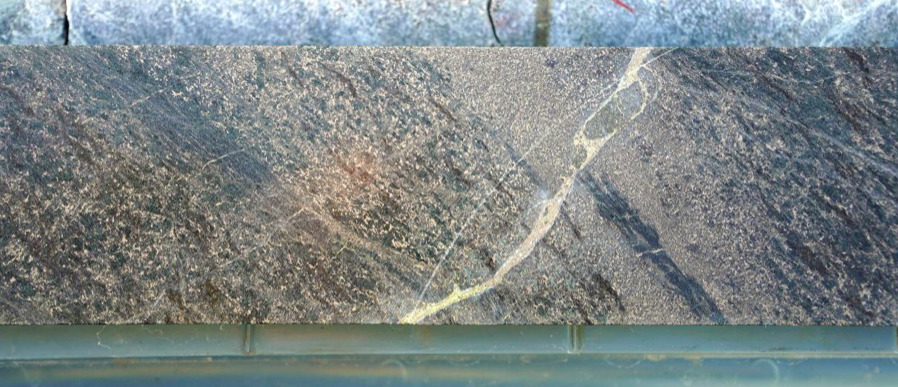You might be interested in
Mining
The commodity where prices have become 'unsustainable'... and it's not nickel or lithium
Mining
Future Metals spots multiple copper-nickel-PGM drill targets along the Alice Downs Corridor
Mining
Mining
Diamond drilling at Future Metals’ Panton Project has intersected near-surface sulphide mineralisation, which the company says provides further evidence for a large new nickel-copper-Platinum Group Elements (PGE) sulphide system at the project.
The total drilled metres for the 2022 exploration season is now approximately 1,340m across six holes, with each hole intersecting sulphide mineralisation.
The sulphide intersections range from fine grained and weakly disseminated to very locally, semi-massive and Future Metals (ASX:FME) is confident they demonstrate a prospective new mineralised zone, 4km south-west of the known high-grade chromite reef-hosted mineralisation.
Analytical laboratory results are pending.
“It is incredibly encouraging to have our sulphide exploration programme continue to be validated with positive results,” MD and CEO Jardee Kininmonth said.
“[Holes] PS411 and PS412 open up a completely new target zone in the south, an area which was previously overlooked due to minimal outcropping chromite reef relative to the resource area in the north-east.
“Our advanced gravity inversion modelling, EM surveys and recent drilling have uncovered what is a highly prospective zone which is interpreted to be an extension of the keel position identified under the chromite reefs.
“Further, in hole PS410 we have drilled over 350m of magmatically emplaced disseminated sulphides near the chromite reefs, in the outer area of the keel position.”

Kininmonth said this was also “extremely encouraging” because it aligns with multiple analogues for this style of mineralisation, with disseminated sulphides forming a ‘cloud’ or ‘halo’ around a keel position which is more heavily mineralised.
“This provides us with confidence that the keel position will ultimately be shown to host a large sulphide body,” he said.
These drill holes are over 4km to the south-west of hole PS410 which intersected over 350m of disseminated intercumulus magmatic sulphides in dunite, which FME says demonstrates the potential for the Panton Intrusion to host a significant sulphide system in addition to its chromite-hosted PGM reefs.
The company has now commenced drilling into the keel position into the north and will shortly begin running DHEM on each of the completed drill holes to identify further targets – as well as completing ground- based EM surveys over the gravity anomaly areas.
This article was developed in collaboration with Future Metals Limited, a Stockhead advertiser at the time of publishing.
This article does not constitute financial product advice. You should consider obtaining independent advice before making any financial decisions.